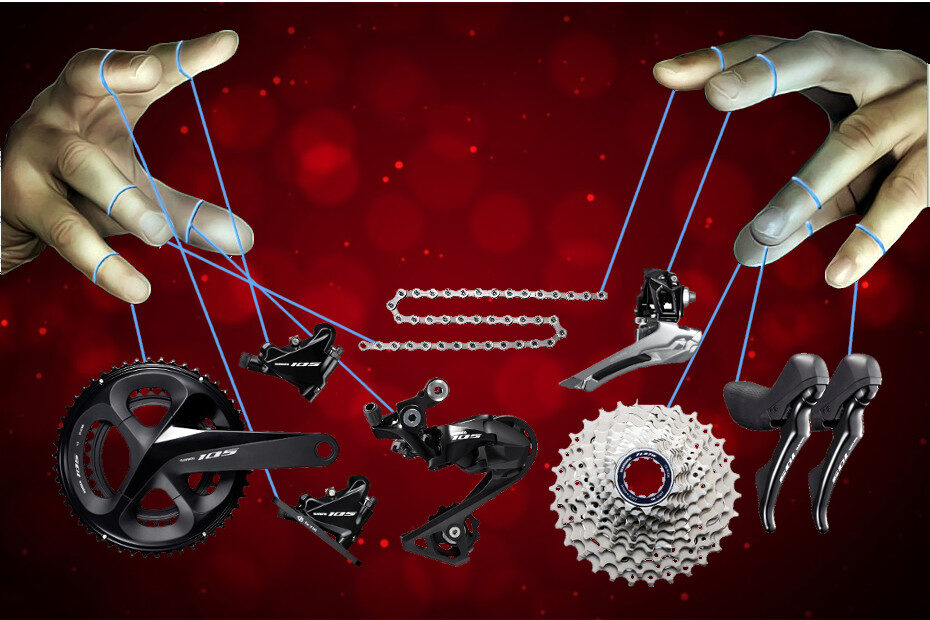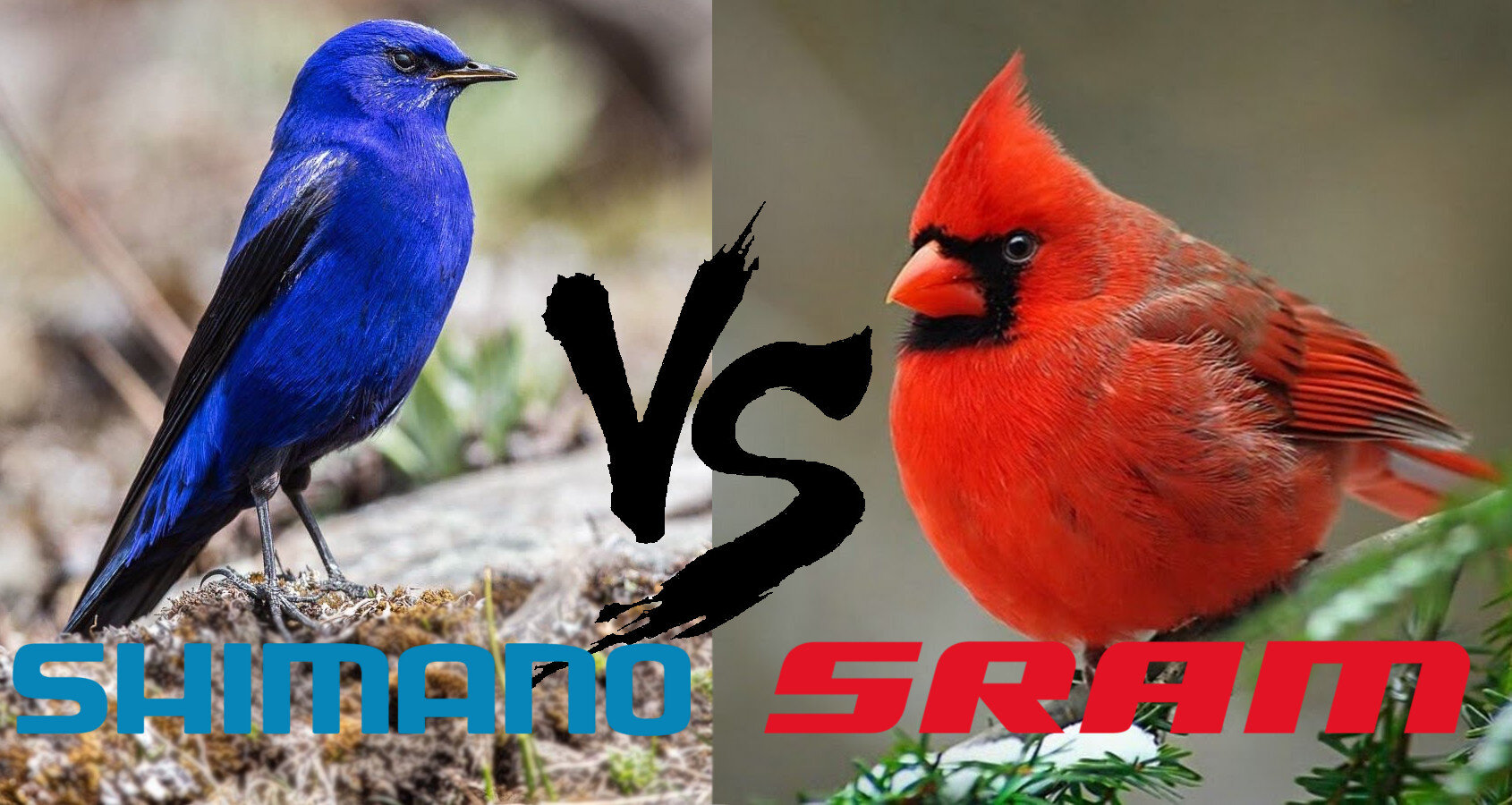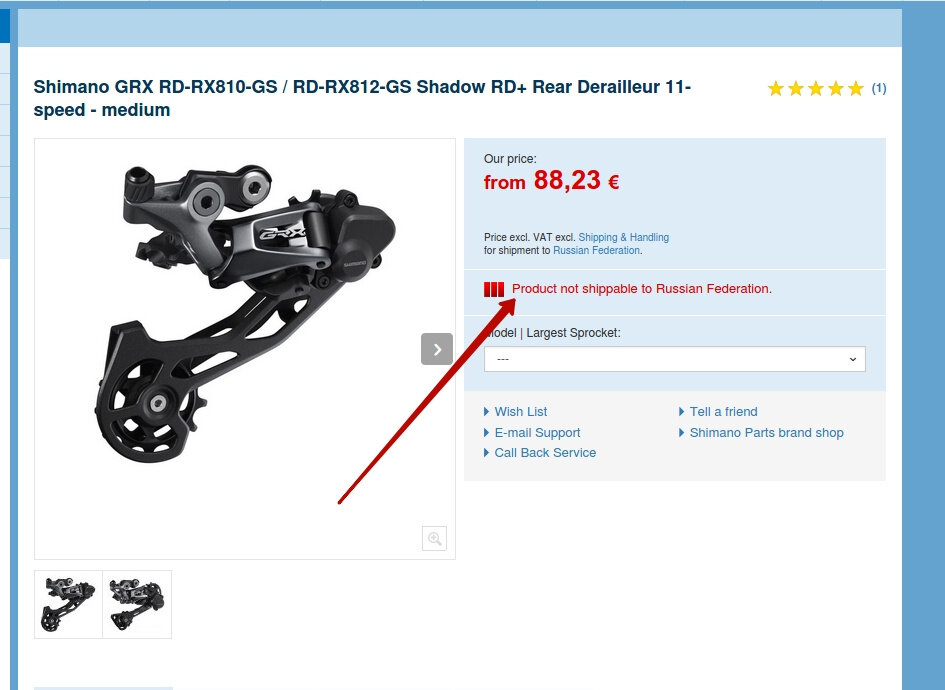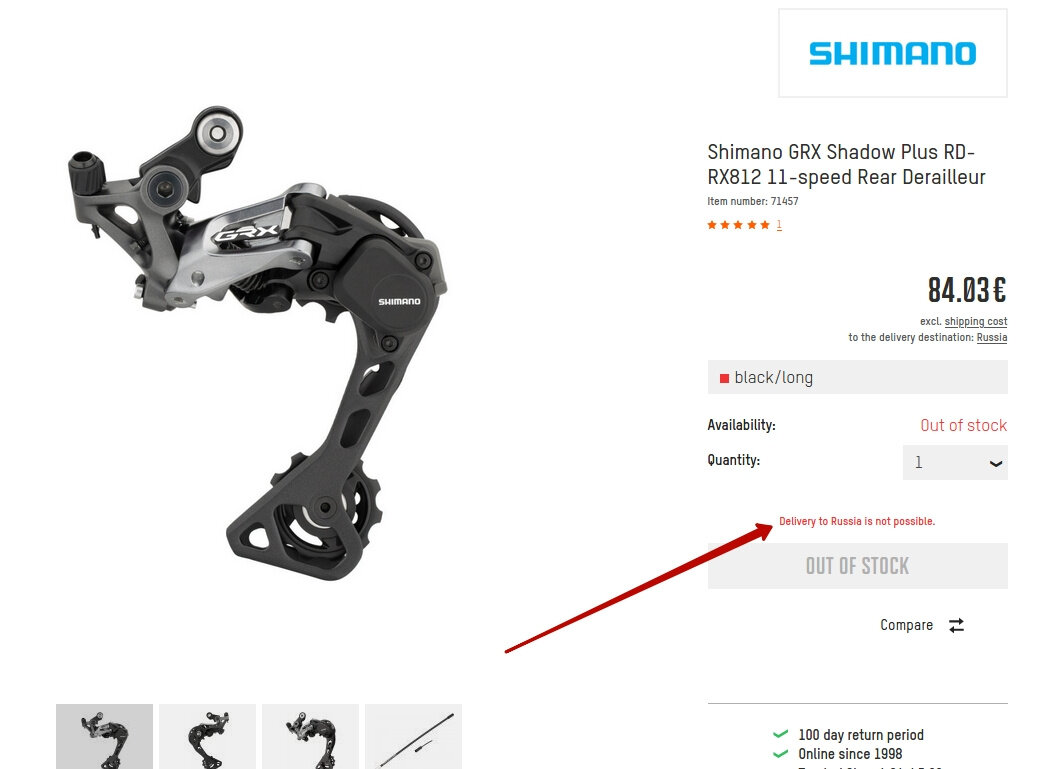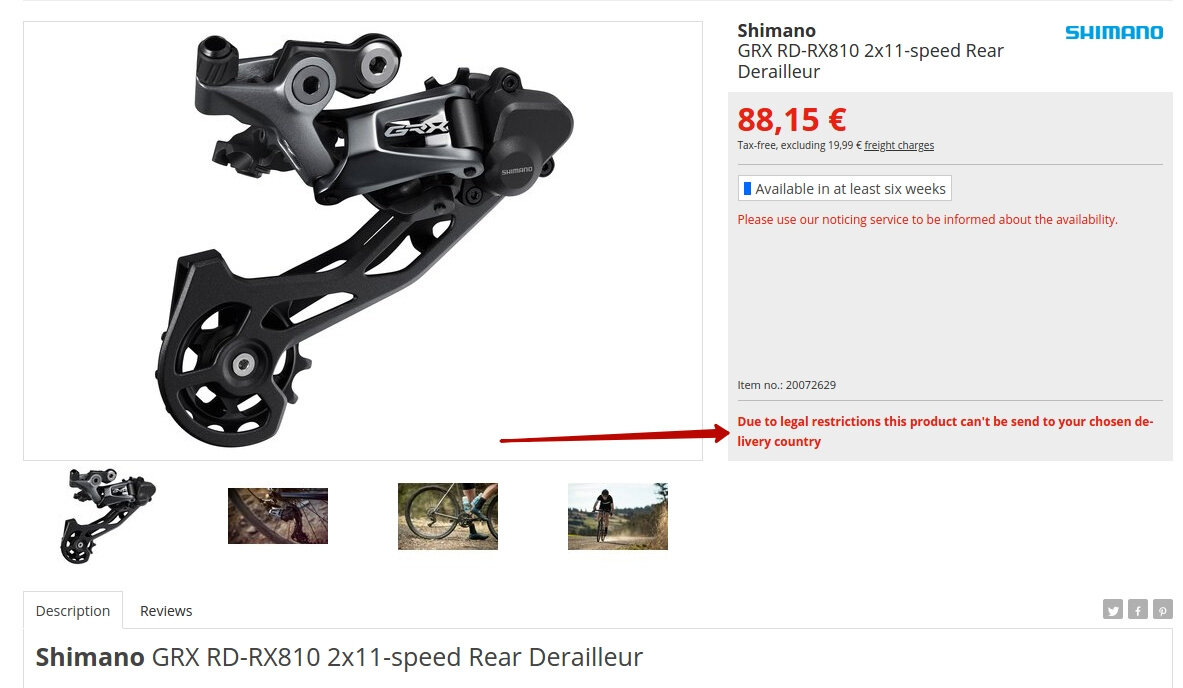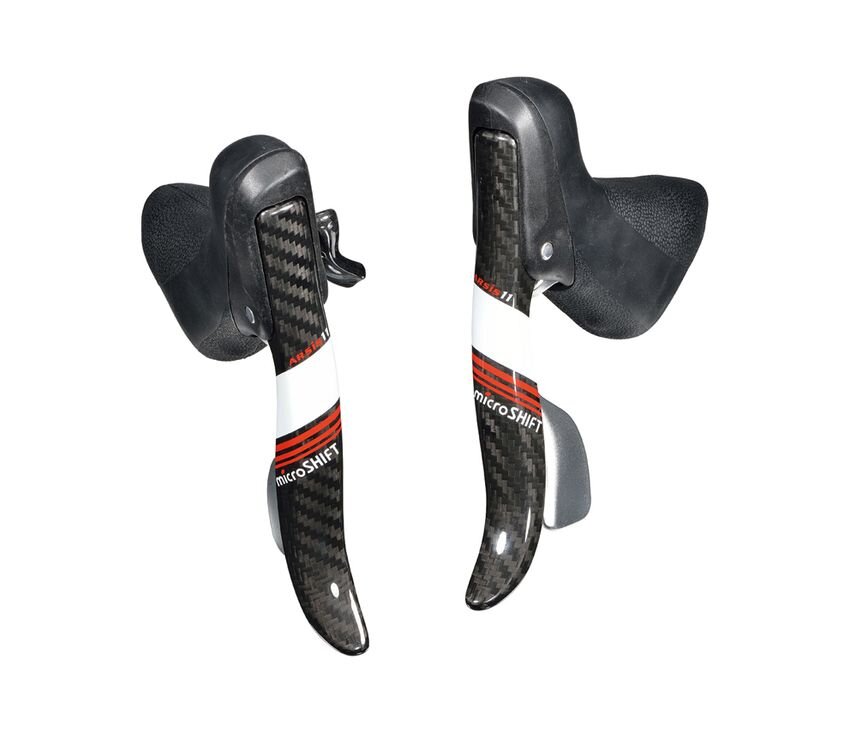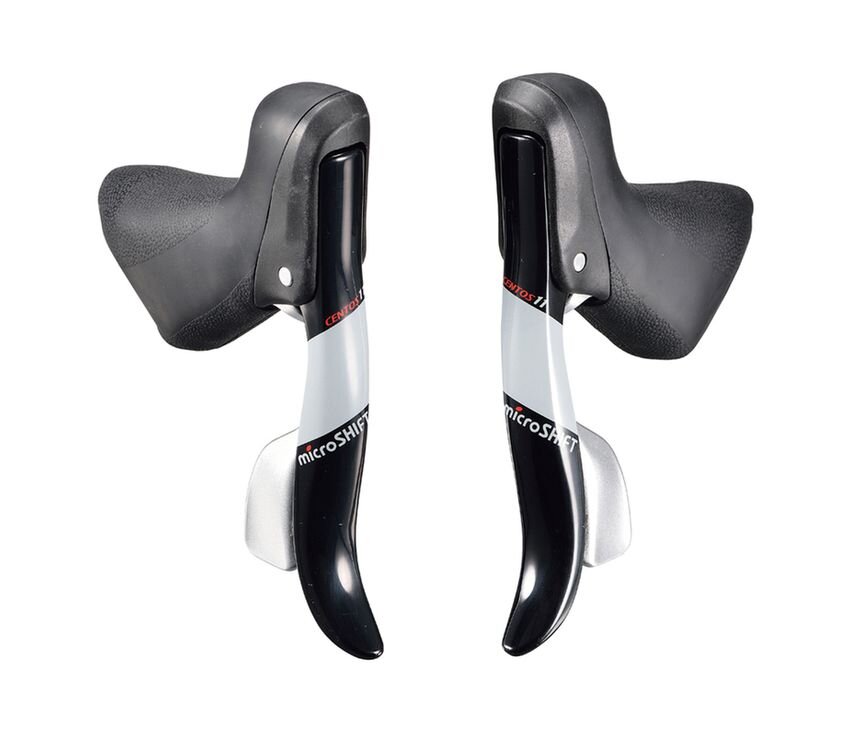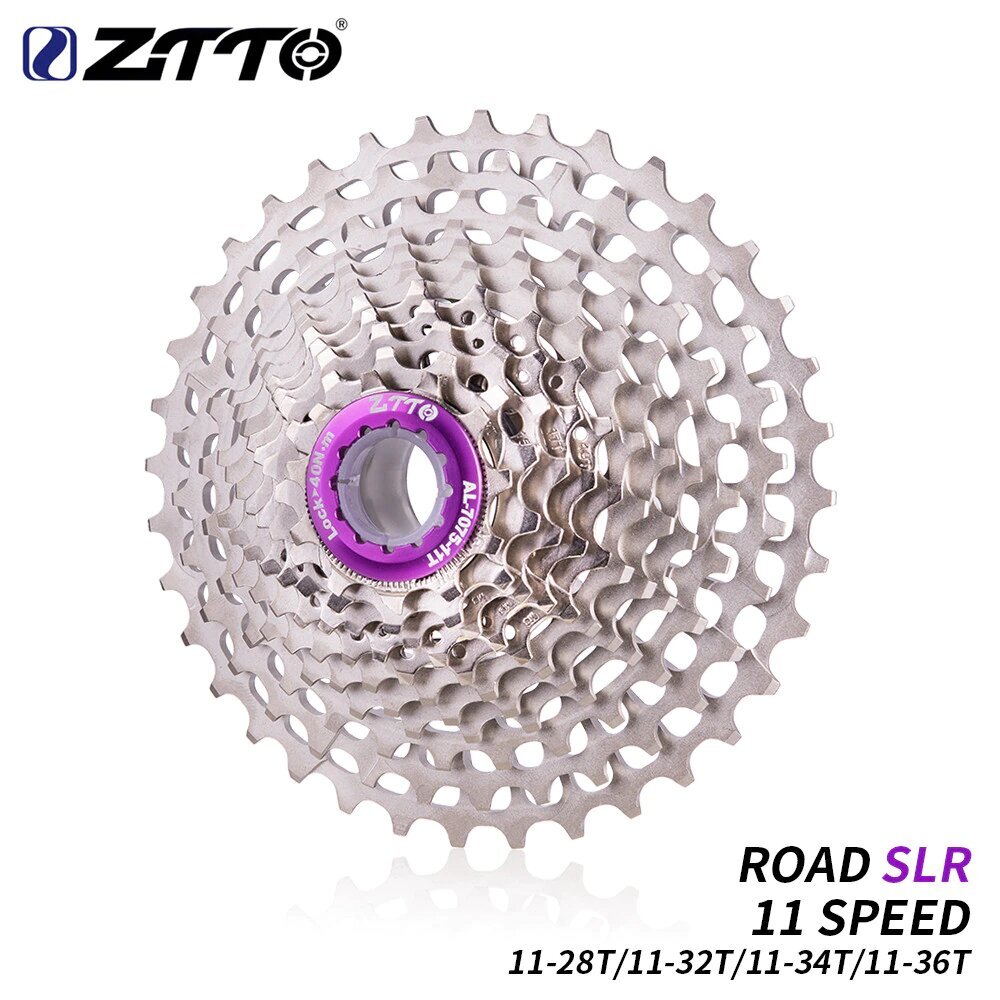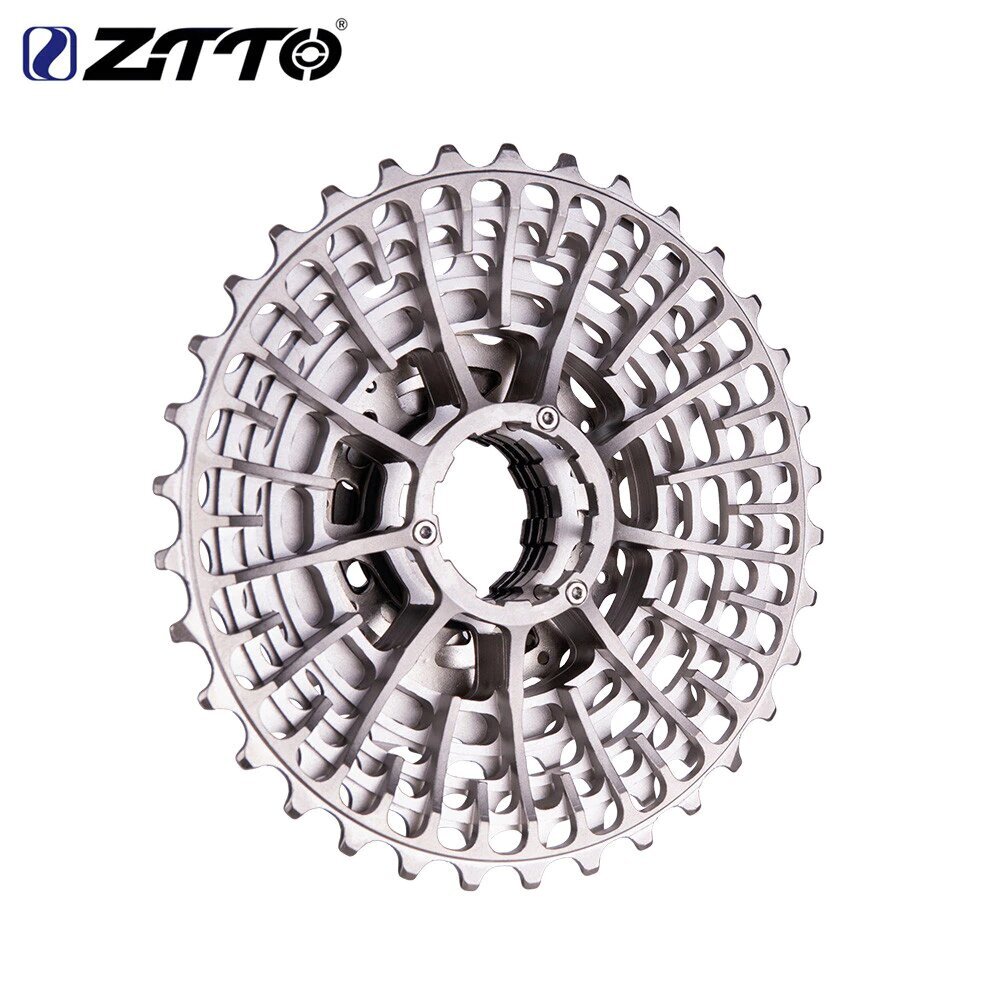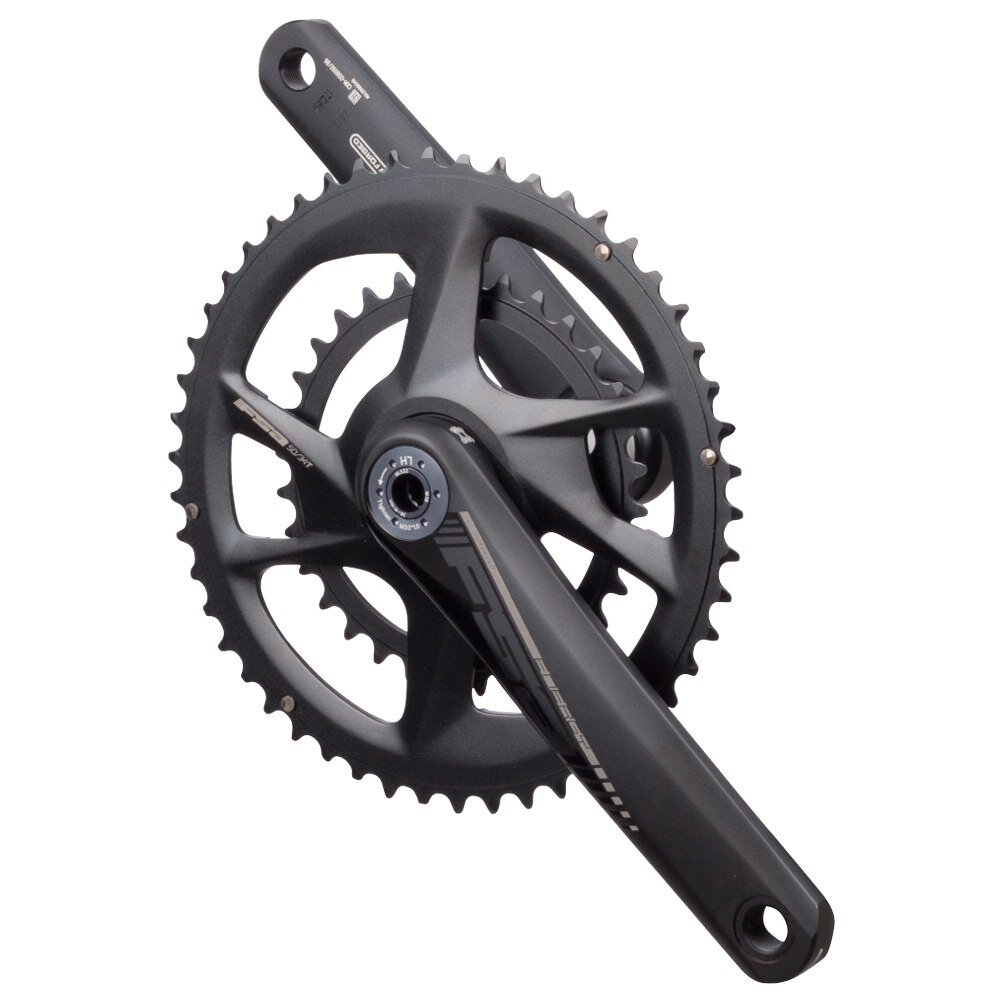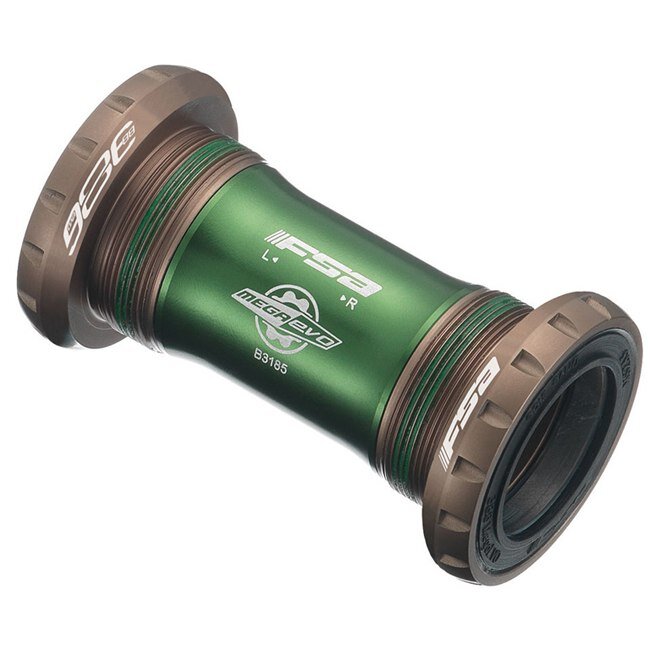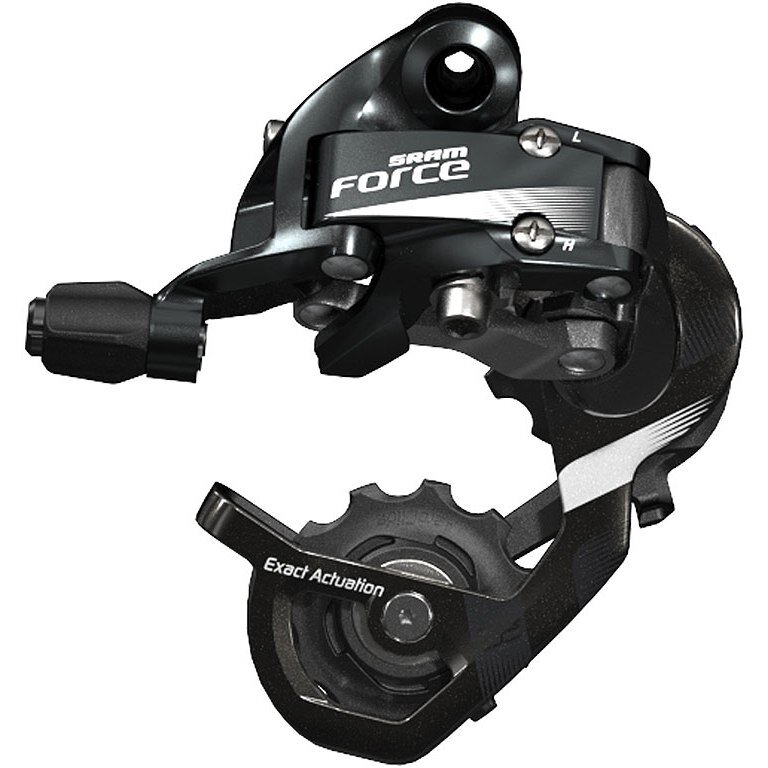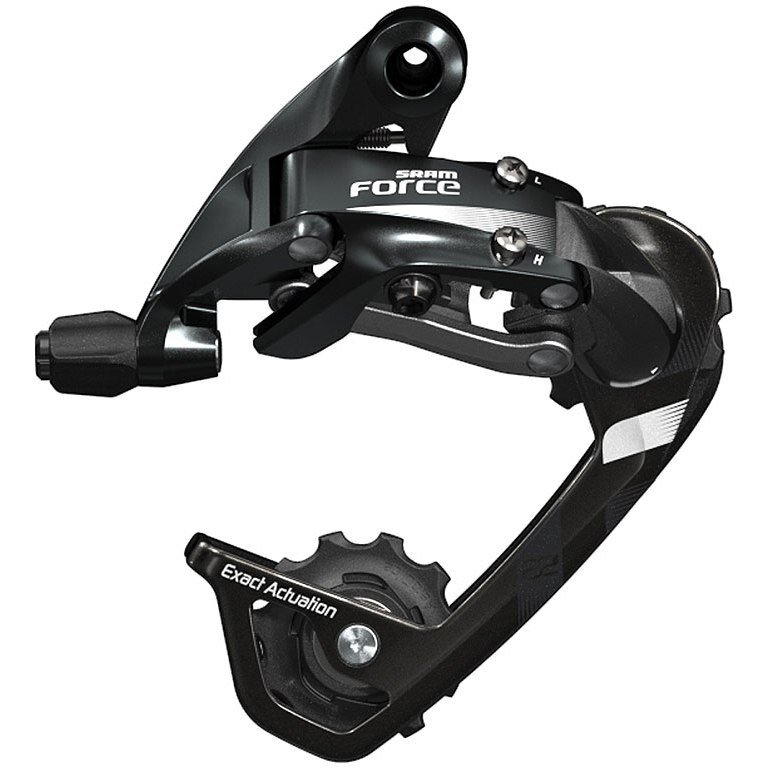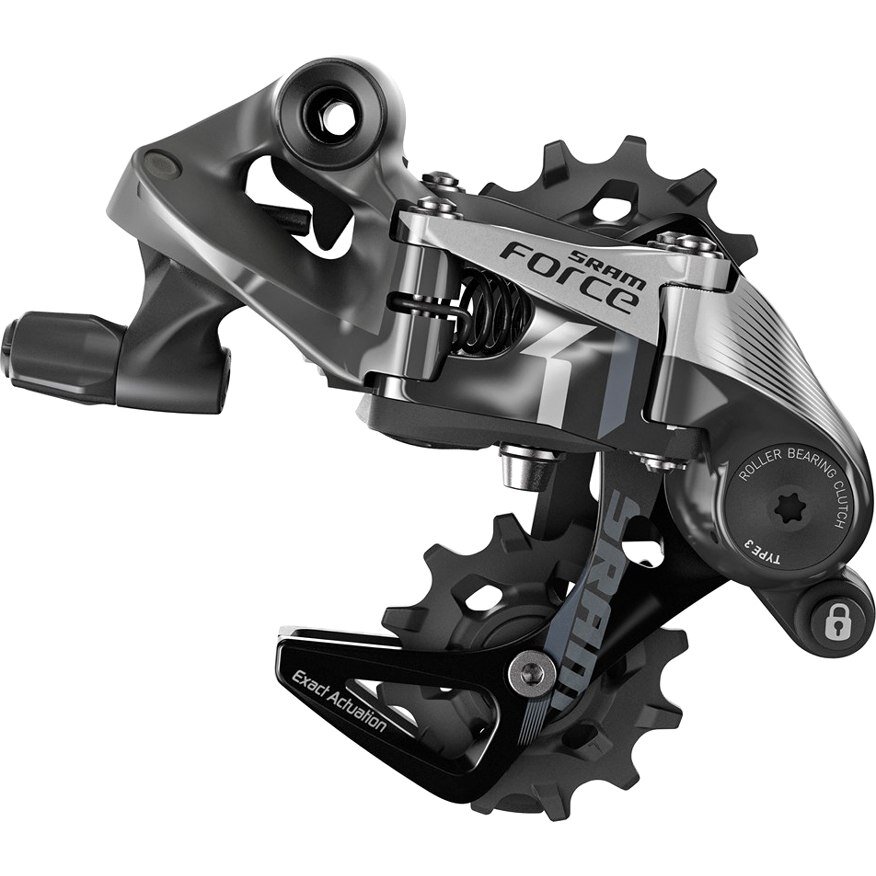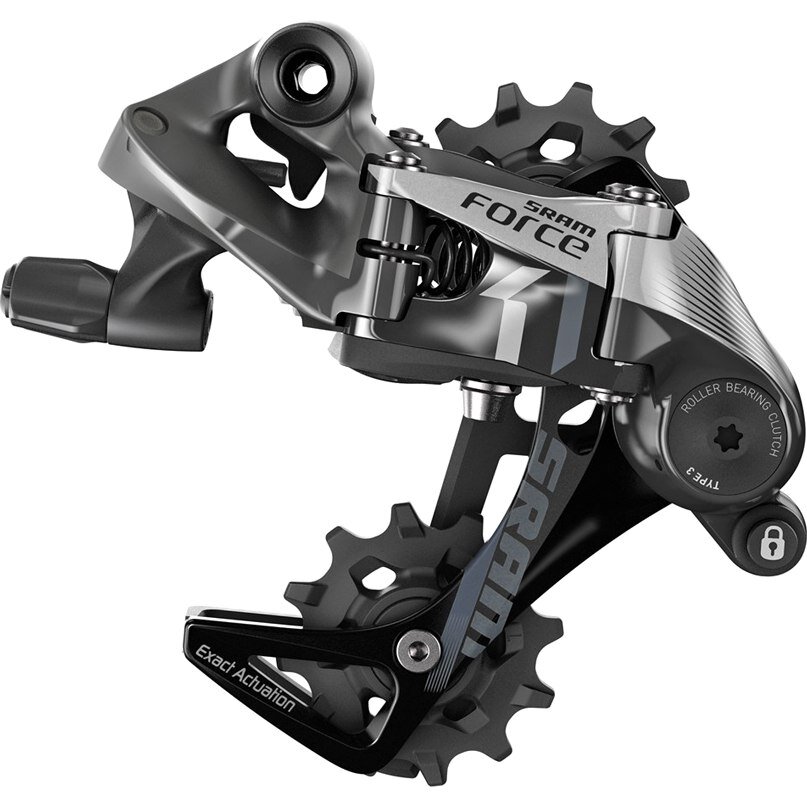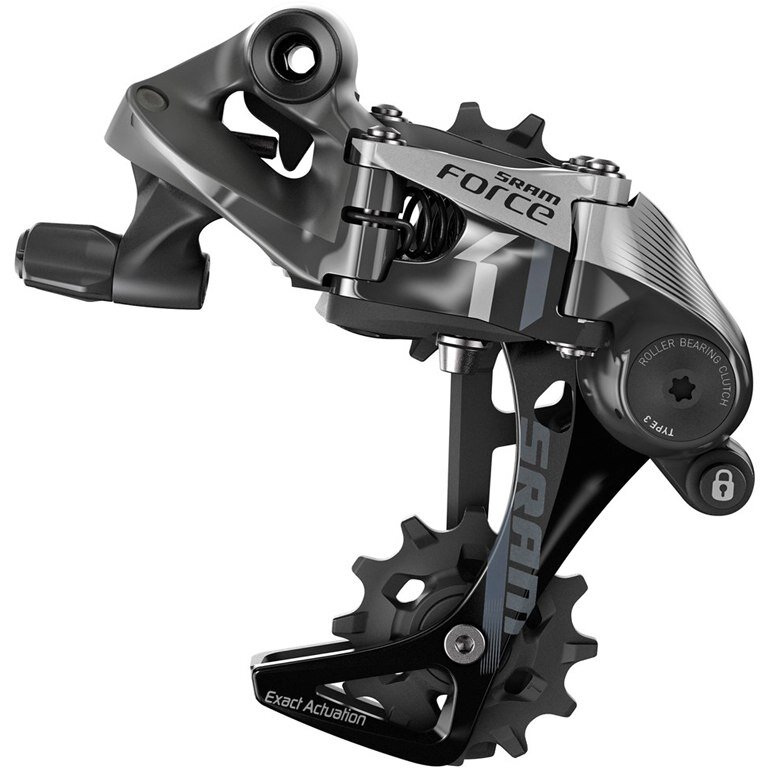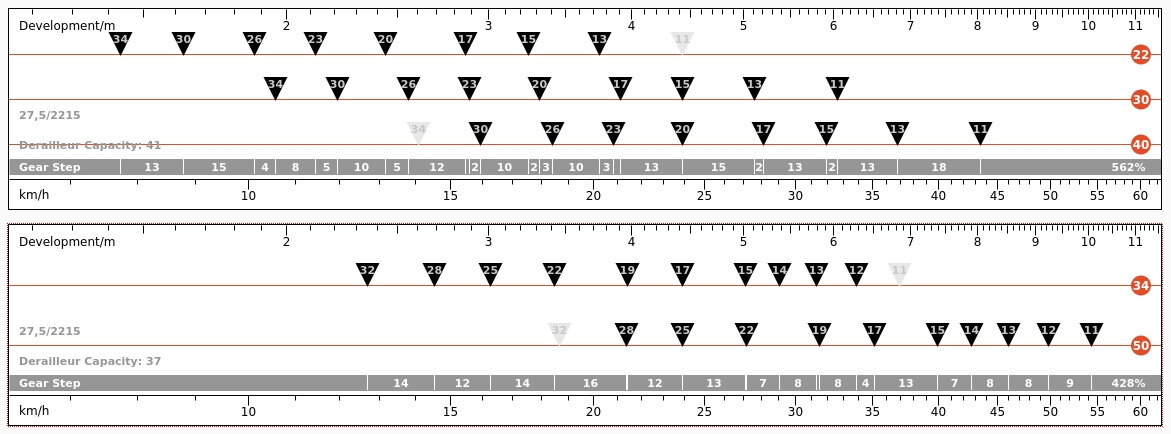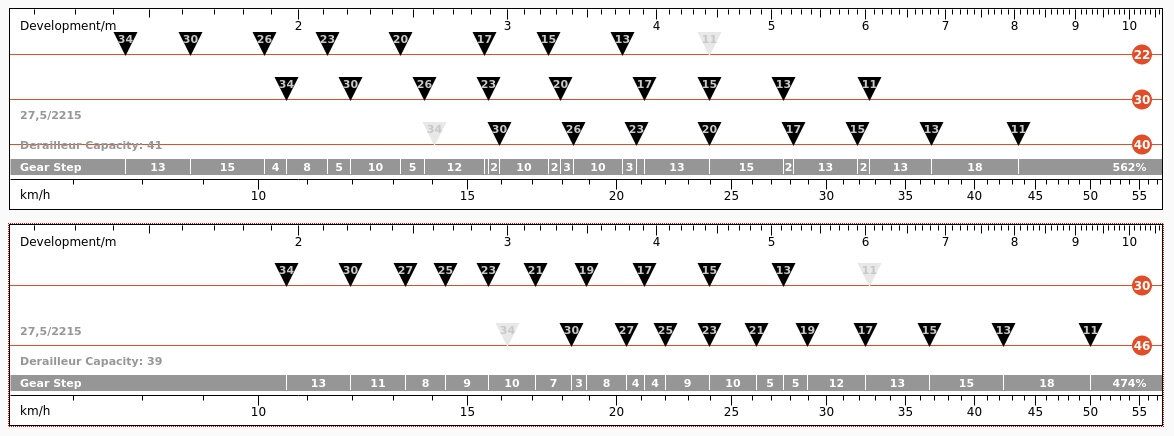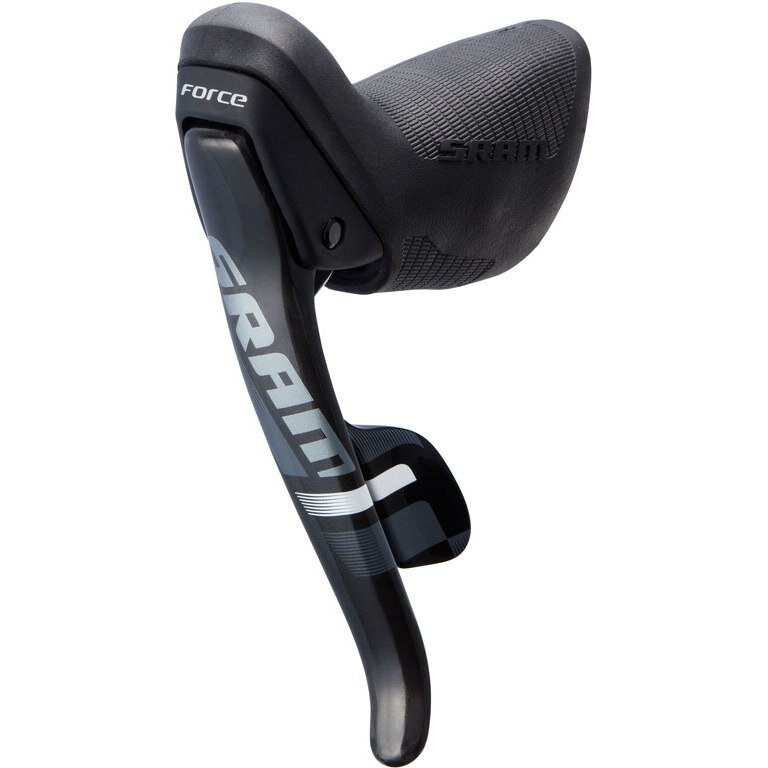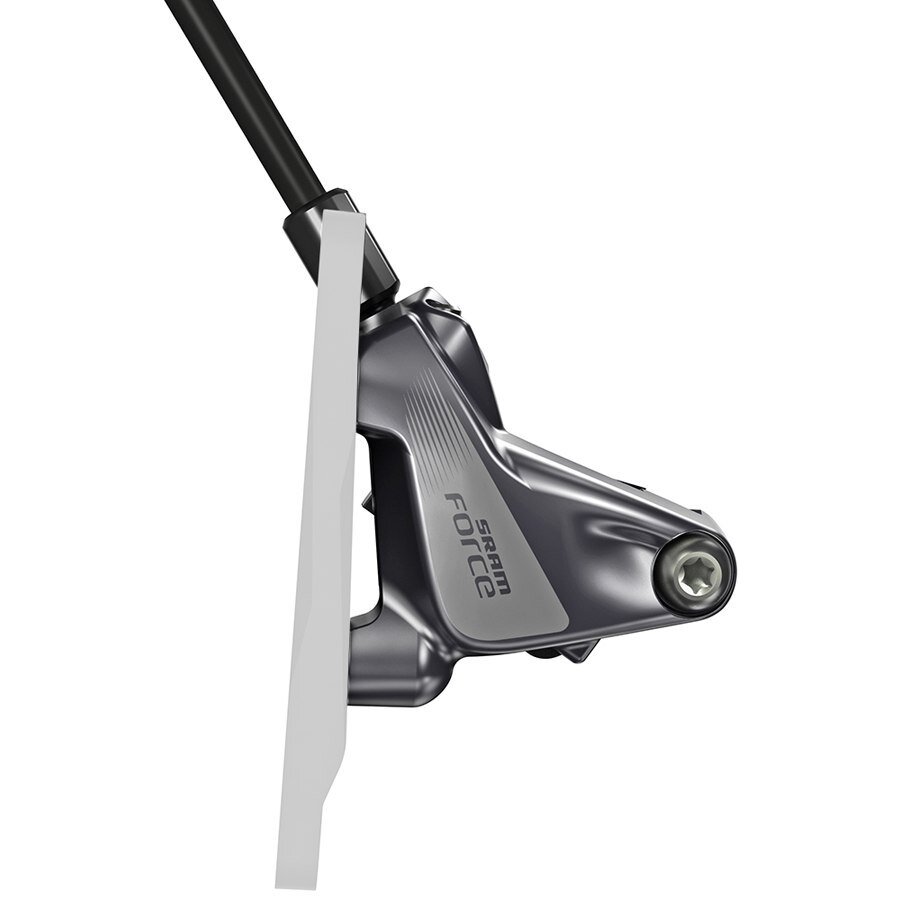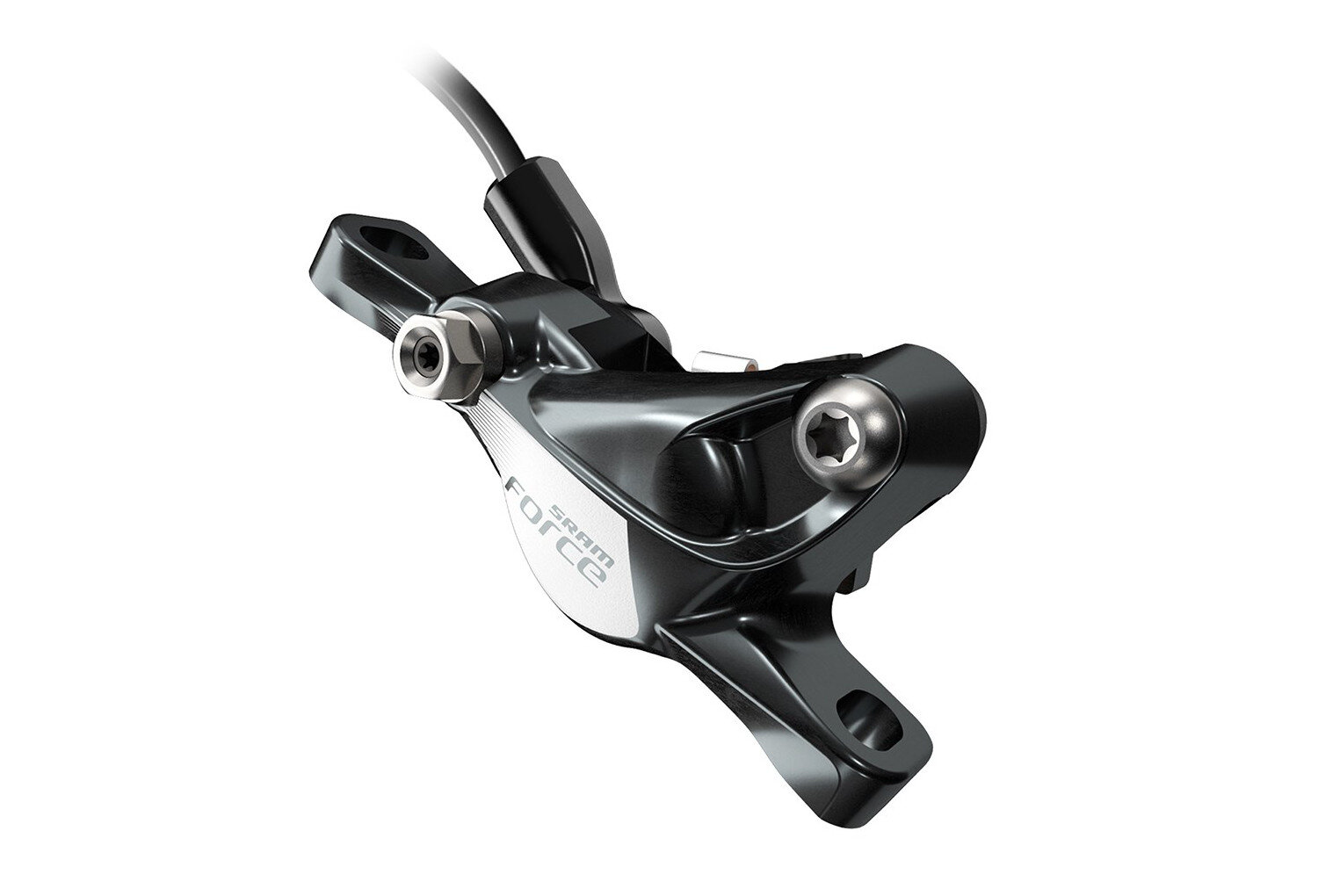The first thing I started to learn was the groupset. Referring to Wikipedia, a groupset is a set of mechanical parts that make up a bicycle except for the frame, fork, handlebar and stem, wheels and tires, seat, and pedals.
Typically, a groupset includes:
- 2 gear levers or shifters
- 2 brake levers
- 2 brakes, front and rear
- 2 derailleurs, front and rear
- a bottom bracket
- a crankset
- a chain
- a cassette
The selection of the groupset components is, in my opinion, the most critical part (along with the frame), as it affects the ride characteristics. The groupset will determine for which terrain the bike will fit, mountain or flat, how smoothly the effort when shifting gears will increase, and the braking characteristics.
The selection of the groupset was the most difficult part for me because before that I only dealt with MTB parts, I had to research the road groupset market from scratch. This is not pleasant work, because even one line of one brand has several variations of components.
Shimano or Sram
Among other things, I’ve had experience with only Shimano components. However, there was one difficulty with the choice of this brand – it is availability. There are simply no parts in Russian stores. Only low-level consumer goods are sold, okay, from the MTB series you can find parts of an average and even higher level, but there are no road parts. Since I am building a gravel bike, the first thing I got interested in was the new Shimano GRX line, specially designed for gravel bike builders. You can try to contact the stores, they will somehow order parts, but the cost will be noticeably overpriced.
It would seem that if there are no parts, order abroad. But then Shimano’s extremely nasty trade policy comes out. They divided the world into several markets: Asia, CIS countries, Europe, North America, South America. I could be wrong, but something like this. And shops from one market are prohibited from selling parts to countries in another market. I see that there are parts on European sites, but I can’t buy them 😥
I have no other choice, I decided to buy Sram. Many friends say that the experience of using the Sram is better and more pleasant than Shimano. I had to go through a lot of articles to learn the lines of this brand. Sram is not doing well either, they have no parts for gravel bikes. Yes, people assemble gravel bikes with road components, but, IMHO, these are gravel bikes with a bias towards road bikes. Later I will substantiate my opinion.
Right before I started picking parts, I came across a few different people who praised the Sram Force line, this is the penultimate line among road components, it is quite expensive. Although the previous line, the Sram Rival, is also of high quality, I decided that I should try to ride a bike with high-level parts in order to know in the future whether it is worth it or not. I ended up targeting Sram Force.
Alas, when I was choosing components, I completely forgot about such a brand as MicroSHIFT. If I remember it, it is likely that I would have chosen it, it is cheaper and looks much prettier. As for the appearance of the Sram, I think it is not very attractive.
Gearing
Sprockets on the chainring and on the cassette together determine the gear range and pitch between them.
Gear range is the division of the gear ratio of the lightest gear to the ratio of the heaviest gear, expressed as a percentage. It determines the difference between the lightest and the heaviest gear.
The gear ratio determines how hard or easy it will be to pedal and, accordingly, how fast or slow you will go. There are different ways to measure the gear ratio, but they are all proportional to the ratio of the number of teeth in the chainring to the number of teeth in the cassette.
1×11 or 2×11
11 rear gears have now become a kind of de facto standard for many new bike models. I decided to follow this standard. When it comes to chainrings, there are many adherents to both single and dual chainring systems. A quick review of the transmission characteristics showed that transmissions with two sprockets have a wider gear range. As I wrote in the introductory article, I want to have very low gear, so I need a larger gear range, so I chose a two-sprocket system.
Cassette
To get lower gear, you may also take a cassette with a larger sprocket. However, the Sram cassette variety is not rich, the 11-32 cassette is the largest that I’ve found for 2×11 systems. I thought that this was not enough, and also decided that the cassette is not a component for which it is necessary to overpay. I found a Chinese cassette 11-34 from ZTTO.
Crankset
In order to make the lightest gear even lighter, you can not only increase the number of teeth on the cassette but also reduce the number of teeth on the chainring. Sram provides 50/34 and 46/36 systems, there are others, but they are significantly more expensive.
On the Internet, I came across an article by a man with the same desire as mine: to increase the power of the transmission. But he did it with the Shimano system, which even in the road line has a large derailleur capacity (I’ll try to explain what capacity is just below). From his article, I learned about the FSA crankset with 46/30 chainrings, which is what I chose.
I could choose the following crank lengths: 170mm, 172.5mm, and 175mm. Actually, the length of the cranks should be chosen depending on the length of the cyclist’s legs, in my case the calculator said that 170 mm is needed, but now I use 175 mm cranks. I decided to take the value in the middle.
Bottom bracket
Since I choose a crankset from FSA, I needed a specific bottom bracket of the same brand, which is similar to the Sram standard, but as I understand it has some differences. From the frame side, it must be BSA standard.
Derailleurs
With the front derailleur, everything is simple, it is one, there is no agony of choice.
But the rear derailleurs are of 2 types. And each one is also available with a different cage length. Obviously, the cage length determines the size of the large cassette sprocket with which the derailleur is able to operate. In my situation, when I want to have a low gear, I need a cage as long as possible so that a cassette can be put with a larger sprocket.
The derailleur for the 2×11 system I have chosen is only available with short and medium cages. For the medium cage version, the maximum sprocket size is 32 teeth. I can’t say that this is a lot. But above I wrote that I chose a 34T cassette. I found a couple of articles where people described how they put such a cassette for the Sram Rival, and even with a 36T cassette it worked, but to the limit. I think my derailleur will also be able to work with a 34T cassette.
The derailleur for the 1×11 system is available with short, medium, and long cages. And the long cage version can handle a cassette with a maximum sprocket of up to 42 teeth. Of course, I had a question, what is the difference in the principle of operation of the derailleurs, will one for 1×11 really not work if I install 2 leading stars? However, I have not found any articles on the internet where anyone has tried this. I found only a couple of messages where they write that this will not work, unfortunately without clear explanations why. Since I decided to buy expensive components, I had no desire to experiment.
Actually, this is what I said above, Sram does not make components for gravel bikes. A standard set of 32T cassette and 50/34 chainrings gives the lightest gear 36% heavier than my current MTB. In usual life, this is not at all critical, but if you plan to ride long steep climbs, sometimes with a load, this will start to affect you.
My variant of components gives the lightest gear 27% heavier than my current MTB. An example of a calculation can be found in the introductory article.
Derailleur capacity
Chainrings and the cassette together have such a characteristic as the transmission capacity. With an 11-34 cassette and a 46/30 sprocket system, the transmission capacity is calculated as follows: (34-11) + (46-30) = 39. This is a fairly large capacity.
The rear derailleur also has a capacitance characteristic. The derailleur I have chosen has a capacity of 37.
If the capacity of the transmission is less than or equal to the capacity of the derailleur, then the derailleur will be able to operate in all possible positions. This is not my case, so it is critical for me to avoid the position where the chain is on the large chainring and on the large sprocket on the cassette, in this position the chain will start pulling the derailleur more than it was designed and it might break. I realize that this is a risk and I will always have to be careful when switching.
Shift/brake levers
The choice of shift levers is simple. There is an option where the left lever acts only as a brake for single sprocket systems and a shiftable option for 2×11 systems. I, of course, need a second one. I also took levers from the Force line.
Brakes
I also decided to take the brakes from the Sram Force line. But here I almost blundered, almost bought the wrong ones.
There are 2 types of brakes on the market: post-mount and flat-mount. The first is an older type, they are still quite common, especially on MTBs. The latter is newer, nowadays most road and gravel framesets are produced for this type of brakes.
What’s the difference? Visually, post-mount brakes have lugs, flat-mount do not. Post-mount ones are bolted through the lugs to the frame and the bolts are inserted from the brake side. Flat-mount brakes have holes in the caliper itself, the bolts are inserted from the side opposite to the brake and screwed into the caliper. Understanding what kind of brake you need is really easy. If there are through holes in the chainstay from the brake side, then flat-mount type brakes are needed, otherwise – post-mount. If the fork came with the frame, then it needs most likely the same type of brake.
My frame requires flat-mount brakes (I almost ordered a post-mount). The caliper is always installed on the fork via an adapter. You need to order the correct adapter. I’ve read the documentation of Sram brakes, Sram has one universal adapter for the fork, if you put it on one side, it will be for the 140 mm rotor, and if turned 180 °, it will be for the 160 mm rotor. I decided to buy budget adapters in China. But the Chinese are not universal, and I bought the wrong one, I had to order another one again. The rear flat-mount brake can be installed directly to the chainstay if a 140mm rotor is used, or via an adapter for a 160mm rotor. I needed an adapter for the rear brake.
Cables and hoses
I didn’t bother much with these components, I took the Jagwire set of cables and hoses in the same place as the derailleurs. I ordered the brake hose from China.
Chain
I bought a budget KMC X11 in China.
Conclusion
I spent an enormous amount of time and effort in selecting the components of the groupset. Marketing does not let you live in calm. Some parts offered by the manufacturers do not cover the needs of the buyer, some are impossible to buy due to the company’s policies.
As a result, the groupset is picked, we can move on.
